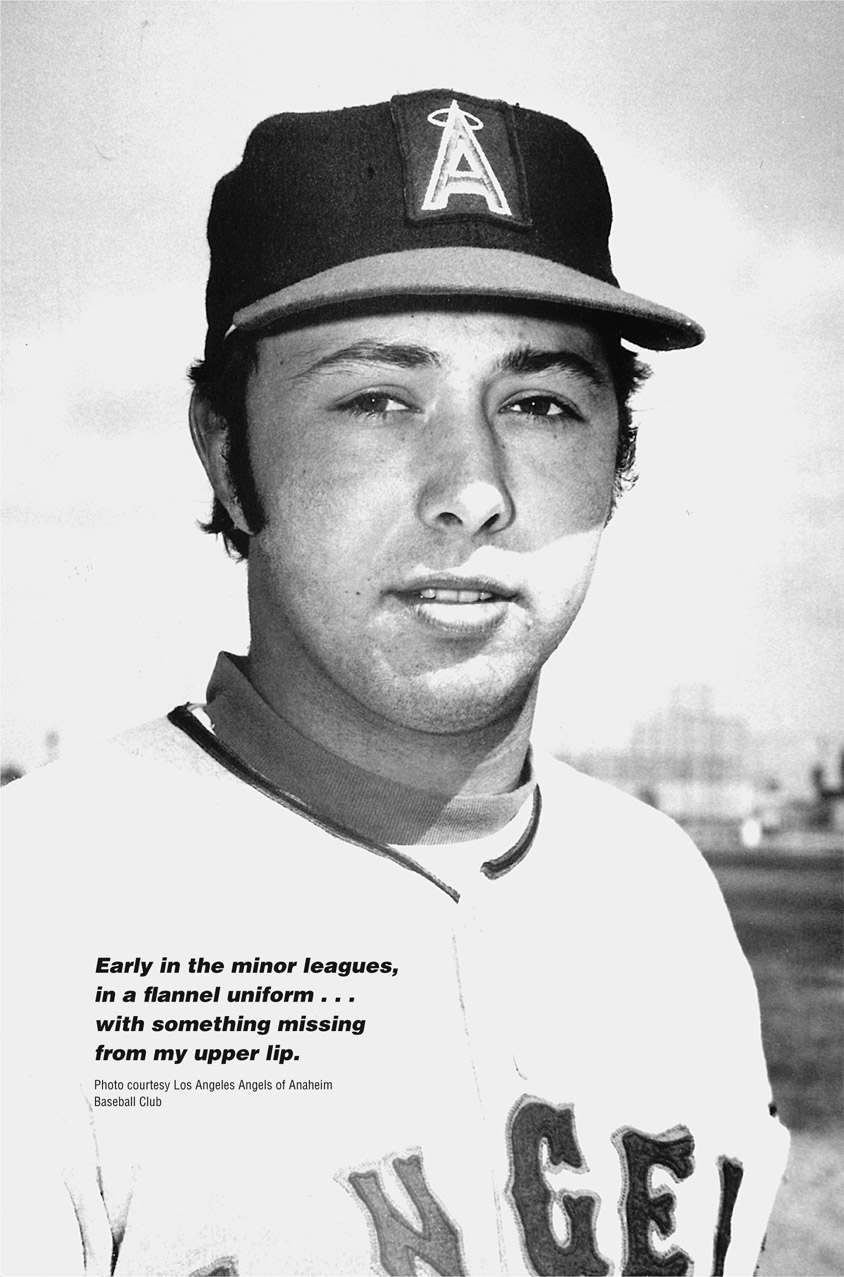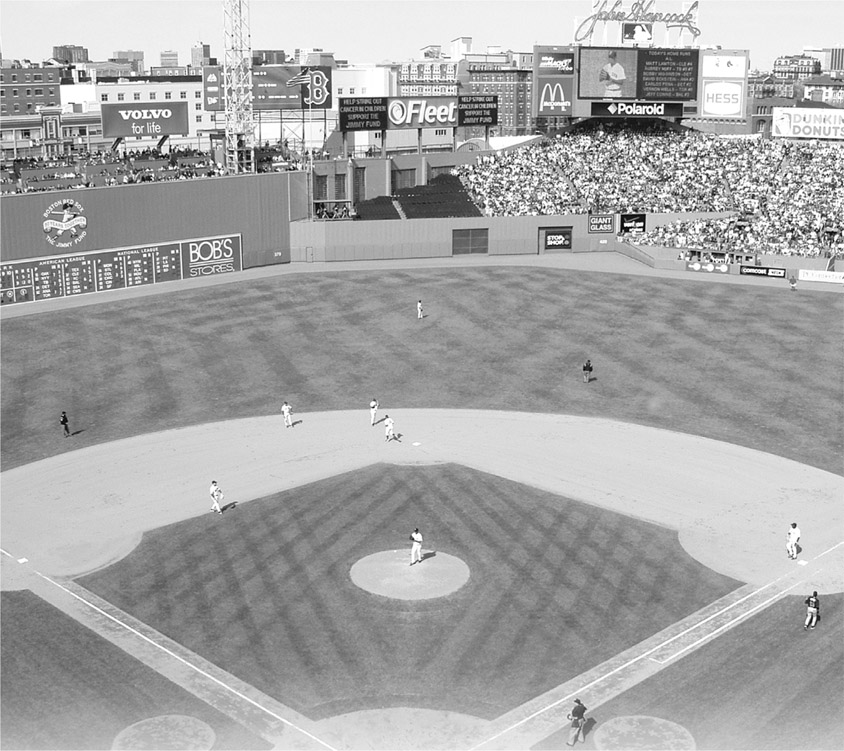

C H A P T E R O N E
If all you do is follow the ball, you’re missing much of the game.
Baseball is much more complex than that. One of the great things about the sport is that, from the first pitch to the final out, it’s all presented right in front of you on a beautiful green stage.
Everyone second-guesses the manager; that’s a lot of fun for everyone except the manager being second-guessed. That’s what you hear all day on the sports talk shows and read in the newspaper columns. But if you’re really going to get into the game, start first-guessing.
As you’re watching a game, think about what you would do right now if you were in charge. Would you call for a hit-and-run play? Would you instruct the batter to work the count?
Should the first baseman hold the runner? Are the infielders adjusting their positions for each batter and changing them as the count changes?
Watch the pitcher. Is this a good time for a pitchout? Does he have a plan to get the batter out? Is he out of gas? Who’s ready in the bull pen? Is it time to bring in a right-hander or a lefty?
Here’s the way a casual viewer might see a baseball play:

The view from the Fenway broadcast booth, high up above home plate.
Photo by Corey Sandler
If that’s the way you watch baseball, you’re seeing the essential action, but you’re missing almost all of the game within the game: the strategy, planning, and execution.
In this book you’ll learn how to really watch a baseball game. I’ll show you how to look at the game through the eyes of a player or a manager . . . or a television color analyst.
On the very simple play outlined earlier, ask yourself the following questions:
Along with learning how to watch a game, together we’ll look at much more complex elements of the game, including the art of pitching, hitting, fielding, and baserunning. I will try to take you inside the minds of the players and the coaches.
This is not a tutorial on how to play baseball or a history of the Boston Red Sox; there are plenty of those already on the bookshelves. Instead, in this book I’ll show you how to open your eyes to the inside game of baseball.
As much as I love the way television takes you deep inside the game with up close shots, when you watch games on TV, you only see what the cameras show you. When you sit in the stands, you can watch a lot of things that you’ve missed on TV. You might want to watch the center fielder the whole game or concentrate on the defensive adjustments that the shortstop makes with each pitch.
In general sitting behind home plate is the best place from which to see a baseball game. You are squared up with the pitcher and can see the location, movement, and velocity of pitches. You pretty much see the field the way the hitter does; a good hitter takes note of the positions of the infielders and the outfielders.
Some people like to sit along the first-base line or the third-base line to be close to the players when they go on or come off the field. In most—but not all—parks, the home team’s dugout is along the first-base line and the visitors are on the third-base line.
If you’re seated along the line, you also can watch for the signs exchanged between the second baseman and shortstop when there’s a runner on first base to indicate who’s going to cover second base on a throw from the catcher or pitcher.
Although it’s a long way from home plate, you can get some idea of the location of pitches when you sit in the outfield bleachers. And if you’re looking for an overview of the whole field and the positioning of the defense, the bleachers are a great spot to sit.
Rem Dawg Remembers
The Boys from New York
I don’t hate the Yankees; I never did. I respect them.
I think more of the rivalry is between fans, although from time to time there were a lot of guys on both teams that did not like each other. In the 1970s there was Carlton Fisk and Thurman Munson, Fisk and Lou Piniella, and a few others.
There were a lot of personal relationships that were not good. But how can you not respect teams that have done what they have done? I really like Hideki Matsui; he showed me a lot in 2004. This guy is an all around solid baseball player. And Derek Jeter is one of the best competitors in the game. You may not like the uniform they are wearing or the city they play in, but you can’t argue with success.
From the bleachers you can also watch the communication between outfielders about how to defend against the batter at the plate. You may be able to see into the dugout and watch the coach who is in charge of positioning outfielders yelling to get their attention; you can see if they listen to him or not.
Before the pitch, watch the catcher. If he is setting up outside, do you see the infielders moving toward the hitter’s opposite field (left field for a right-handed hitter; right field for a lefty batter)? Does the center fielder, right in front of you, make an adjustment?
Another great spot is in the grandstand right above home plate. You see pitches break and had a good look at the positioning of outfielders and infielders.
And then there’s my seat, a bit higher over home plate. It’s been my view ever since I left the field, and it’s a great privilege to watch from there.